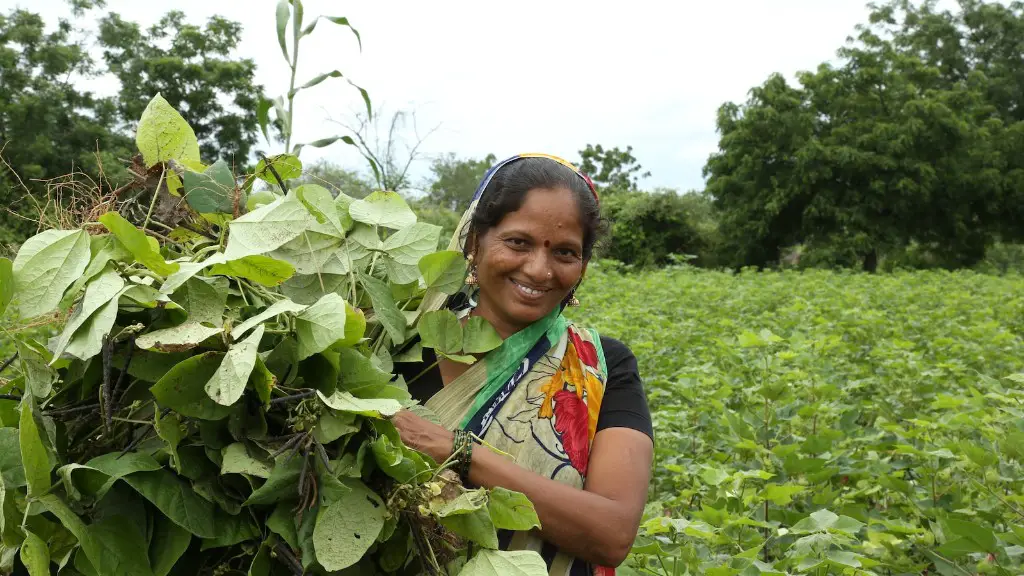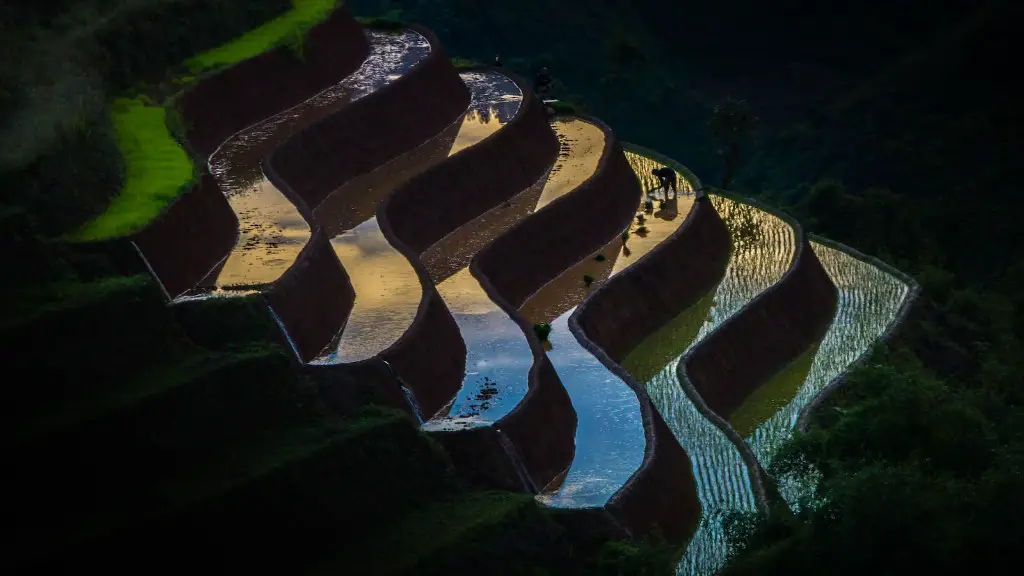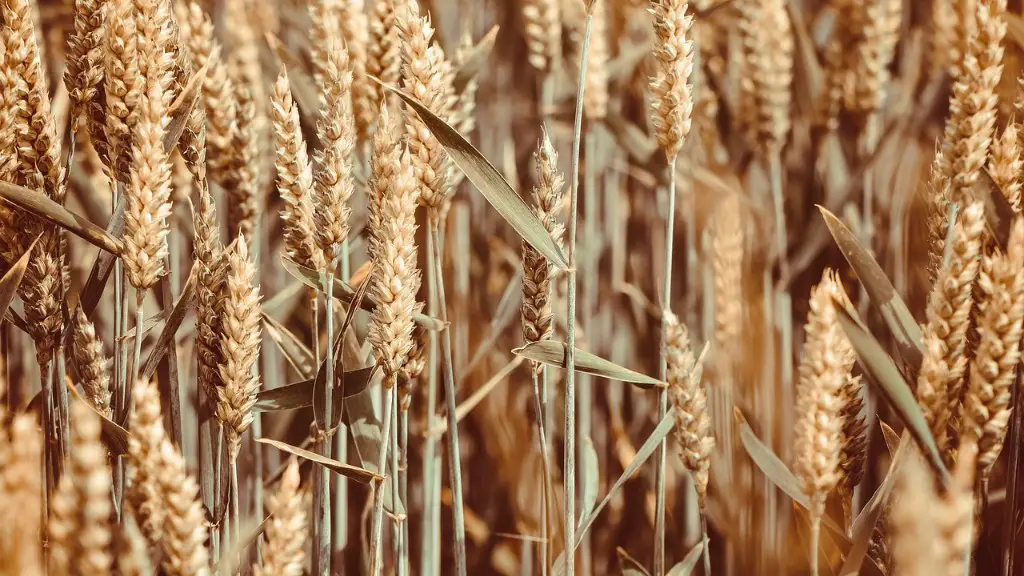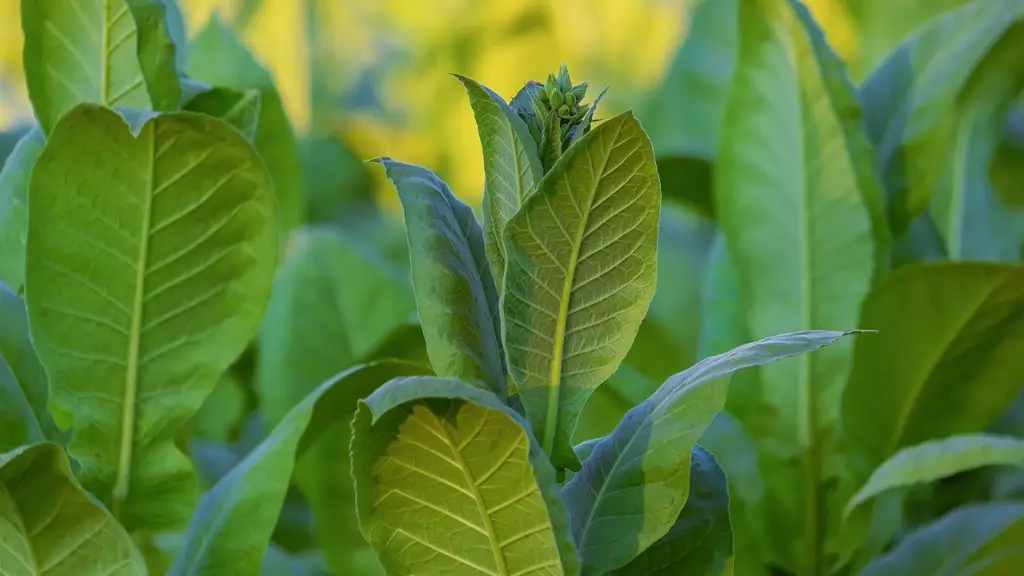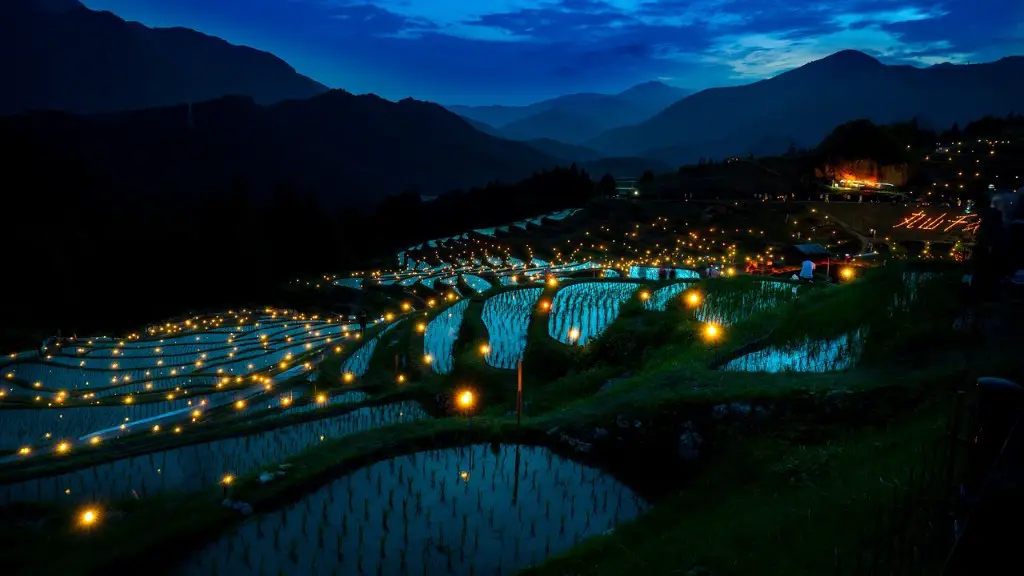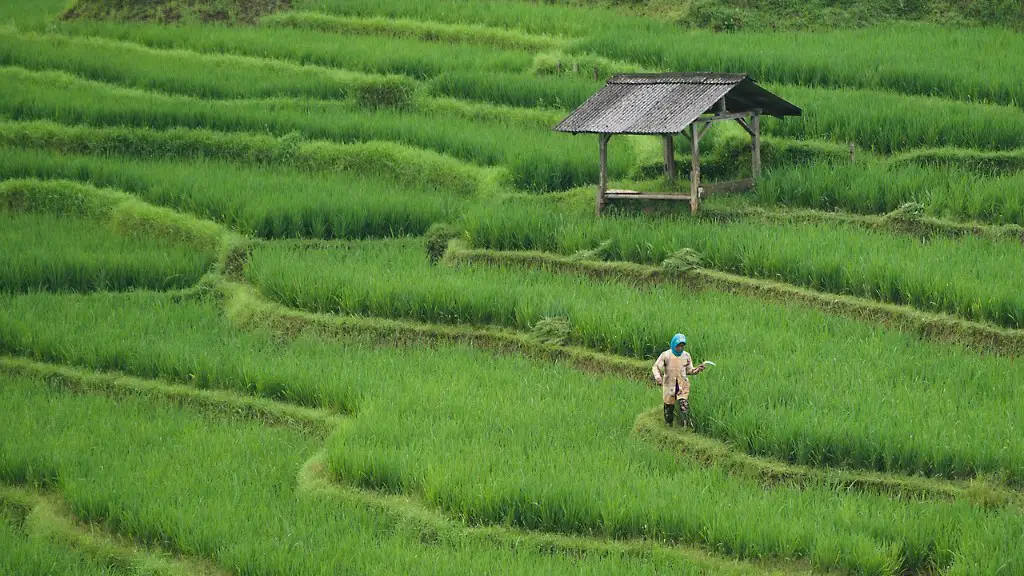We all know that our planet is in the midst of an environmental crisis, but what many of us don’t realize is that a large part of this crisis is due to the destruction of rainforests for animal agriculture. It’s estimated that a shocking 91% of rainforest destruction in the Amazon is due to cattle ranching. And it’s not just the Amazon – rainforests around the world are being destroyed at an alarming rate to make way for animal agriculture.
It’s difficult to say how much rainforest has been destroyed specifically for animal agriculture, as this figure includes both direct and indirect land-use change. However, it’s estimated that approximately 80% of deforested land in the Amazon is used for pasture, while the remaining 20% is used for crops like soybeans (which are often fed to livestock).
Is 91% of the Amazon rainforest destruction a result of animal agriculture?
The palm and timber industries have certainly done a lot of damage to the rainforests, and this is a real problem that needs to be addressed. However, according to the World Bank, animal agriculture is actually responsible for 91% of rainforest destruction. This is a much bigger issue that needs to be addressed in order to protect the rainforests.
The loss of the Amazon rainforest is a huge environmental issue. The clearing of land for cattle ranching and soy farming is a major contributor to the problem. In one Brazilian state, 400 square miles of forest has been cleared for soy farming in the last 10 years. This is a devastating loss that needs to be addressed.
How much of the Amazon rainforest has been destroyed for cattle
The Amazon Basin has seen a significant increase in its cattle herd since the 1960s, from 5 million to more than 70-80 million heads. Around 15% of the Amazon forest has been replaced by pastureland, and around 80% of the deforested areas are now covered by pastures (approximately 900 000 km2). This has had a significant impact on the local environment, with the loss of forest cover leading to soil erosion and a decline in biodiversity.
Animal agriculture contributes significantly to greenhouse gas emissions, which has a significant impact on climate change. Raising livestock for human consumption generates a significant portion of total global greenhouse gas emissions, which is greater than all the transportation emissions combined. Consequently, reducing meat consumption or transitioning to more sustainable methods of livestock production could play an important role in mitigating climate change.
What has destroyed almost 20 percent of the Amazon rainforest?
The loss of the Amazon rainforest is a huge environmental issue. The rainforest is home to many unique plants and animals, and its destruction contributes to climate change. The Brazilian government has been working to stop the destruction of the rainforest, but illegal logging, soy agriculture, and cattle ranching continue to be major problems.
The Brazilian Amazon has seen a sharp increase in deforestation under the Bolsonaro administration, with an area equivalent to the size of Qatar being cleared in the past year. This is despite a drop in overall deforestation rates in the country. Bolsonaro has been accused of weakening environmental protections and encouraging illegal logging and land clearing. This has had a devastating impact on the Amazon rainforest, which is vital for regulating the global climate.
How much of the rainforest is destroyed for cattle ranching?
It is estimated that the production of soy and palm oil is responsible for the deforestation of approximately 80% of the Amazon rainforest. These commodities are in high demand due to their use in many common food items and cosmetics. The Amazon is home to many indigenous peoples and unique animals, making the loss of this ecosystem devastating. Solutions to this problem must be found in order to protect this important location.
Agriculture is responsible for a huge amount of deforestation every year. Around 40% of all deforestation is due to clearing land for grazing farmed animals. This means that if 15 billion trees are being cut down every year, six billion of them are cleared for grazing.
What is the biggest cause of deforestation in the Amazon
Cattle ranches and soy fields are the leading drivers of tropical deforestation globally. In South America, these activities are ravaging not just the Amazon, but also the Cerrado and Gran Chaco landscapes. Demand for these commodities is projected to rise, exacerbating the problem.
Beef production is a leading driver of deforestation in the world’s tropical forests. This is primarily in the form of forest conversion actions that cattle farmers undertake to create more pasture land and to grow feed.
Beef production has a significant environmental impact due to the conversion of natural habitats to pasture land and the growing of feed crops. This impact is most notable in the world’s tropical forests, which are being cleared at an alarming rate to make room for beef production.
The Brazilian Amazon is the most iconic example of the negative impact of beef production on forests. The Amazon rainforest is being cleared at an alarming rate to make room for more pastureland and feed crops. This deforestation is having a devastating impact on the environment and the indigenous people who call the Amazon home.
There are a number of ways to reduce the impact of beef production on the environment. One is to promote more efficient and sustainable beef production practices. Another is to encourage consumers to choose beef products that have been certified as being produced in a more sustainable manner.
You can learn more about the impact of beef production on the environment and what you can do to reduce its impact by visiting the website of the Environmental Defense Fund.
What happens if we lost the Amazon rainforest?
The Amazon rainforest is one of the world’s most important ecosystems, and its destruction would have catastrophic consequences. The Amazon is a massive store of carbon, and its destruction would release this carbon into the atmosphere, causing warmer temperatures, frequent floods, and long droughts. The Amazon also plays a vital role in the global water cycle, and the gradual decrease in rainfall would lead to water shortages and increases in pest and disease. The loss of the Amazon would be a devastating blow to the planet, and we must do everything we can to protect it.
It is really disheartening to learn that so much rainforest is being lost every day. It is even more astounding when you realize that this equates to over 150 acres being lost every minute. This is a huge loss for our planet, and it is imperative that we work to stop this destruction.
There are many ways that we can help to protect the rainforest. One way is to support organizations that are working to conserve this valuable resource. Additionally, we can all do our part to reduce our reliance on products that come from the rainforest. By making more conscious choices, we can help to preserve this vital ecosystem.
How damaging is animal agriculture
Animal agriculture is responsible for 18% of all greenhouse gases worldwide. This is more than all forms of transportation combined, which is responsible for 13% of global emissions. Animal agriculture is a major contributor to climate change, and this needs to be addressed in order to slow down and eventually reverse the effects of climate change.
As the human population continues to grow, so does the demand for food. To meet this demand, more and more land is being cleared for crops and grazing land for livestock. This has a devastating effect on natural habitats, with an estimated one acre of land being cleared every second. This not only destroys the homes of countless wild animals, but also disrupts the delicate balance of ecosystems.
What percentage of CO2 comes from animal agriculture?
Livestock are a significant source of greenhouse gas emissions. They are responsible for 145 percent of global greenhouse gases, according to a new report. The report, titled “Livestock and Climate Change,” was released by the Food and Agriculture Organization of the United Nations (FAO). It found that the livestock sector is responsible for about 14.5 percent of global greenhouse gas emissions, including carbon dioxide (CO2), methane (CH4), and nitrous oxide (N2O). The report also found that the livestock sector is a significant contributor to climate change, accounting for about 32 percent of the total global anthropogenic greenhouse gas emissions.
Deforestation and fragmentation are the main drivers of tropical forest biodiversity loss. Over-exploitation, invasive species and climate change are also major contributors to this loss.
How much if the Amazon rainforest is left
The Brazilian Amazon is estimated to have lost over 8% of its forest cover since 1970, with the majority of the loss occurring in the last few decades. The estimated remaining forest cover in the Brazilian Amazon is just over 800% of what it was in 1970.
This map shows the total forest loss in the original Amazon Forest biome. An estimated 132% has been lost due to deforestation and other causes.
Final Words
The amount of rainforest destroyed for animal agriculture varies depending on the source, but it is generally agreed that a significant amount has been lost due to this activity. conservative estimates put the amount of forest lost at around 26 percent, with more recent estimates suggesting that the figure may be closer to 50 percent.
The evidence is clear that animal agriculture is a leading cause of rainforest destruction. In order to meet the demand for animal products, companies are clear-cutting huge swaths of rainforest, which destroys the habitat of many animals and contributes to climate change. It’s time for us to wake up and see the destruction that our demand for animal products is causing. We need to find more sustainable and humane ways to produce food.
